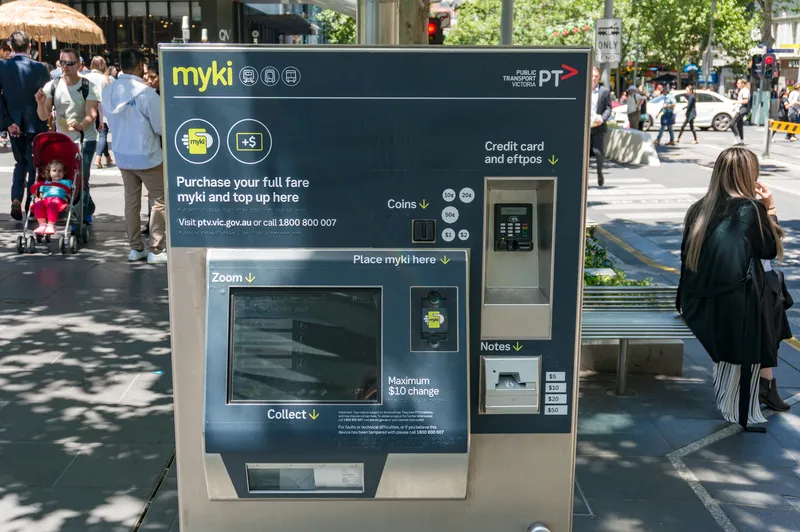Transport for London (TfL) claims to be the fastest growing contactless Visa merchant in Europe and the UK for Mastercard and American Express just six months after it was launched on London Underground, tram, DLR, London Overground, buses and most National Rail services in London. The world leading technology is now being used by millions of customers, providing them with easier and more convenient journeys. Customers using contactless pay the same adult-rate pay as you go fare as Oyster and benefit from h
March 17, 2015
Read time: 2 mins
RSS1466 Transport for London (TfL) claims to be the fastest growing contactless 1758 Visa merchant in Europe and the UK for 1756 Mastercard and 1750 American Express just six months after it was launched on London Underground, tram, 6782 DLR, London Overground, buses and most National Rail services in London.
The world leading technology is now being used by millions of customers, providing them with easier and more convenient journeys. Customers using contactless pay the same adult-rate pay as you go fare as Oyster and benefit from having their fares capped – this automatically calculates the best value for their contactless travel in a day or over a seven-day period from Monday to Sunday. Contactless is a quick and easy way to get around on transport services in London. It removes the need for customers to top up, and is a secure means of paying for travel with multiple layers of security protecting against fraud.
On 13 March the number of contactless taps made on a single day reached one million. Over 14 per cent of all pay as you go journeys across TfL services are now made using contactless, with over 60 million journeys made in the last six months.
The world leading technology is now being used by millions of customers, providing them with easier and more convenient journeys. Customers using contactless pay the same adult-rate pay as you go fare as Oyster and benefit from having their fares capped – this automatically calculates the best value for their contactless travel in a day or over a seven-day period from Monday to Sunday. Contactless is a quick and easy way to get around on transport services in London. It removes the need for customers to top up, and is a secure means of paying for travel with multiple layers of security protecting against fraud.
On 13 March the number of contactless taps made on a single day reached one million. Over 14 per cent of all pay as you go journeys across TfL services are now made using contactless, with over 60 million journeys made in the last six months.









